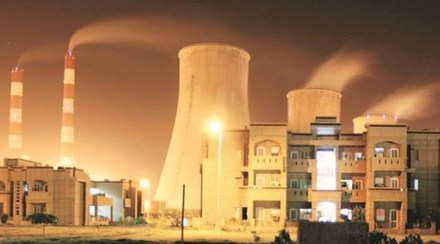The early onset of summer coupled with reviving economic activity has led to power shortages in several states as thermal power plants run short of coal supplies. Coal-based thermal power plants meet around 76% of India’s power demand while coal accounts for 55% of total energy consumption. The average coal stock in 173 power plants under the Central Electricity Authority was just 37% of the normative stock requirements, which would suffice for 12 days at current rates of consumption. There was a similar problem last September when 106 thermal power plants had no stocks at all or only for 7 days of consumption.
True to form, the government denies that there are any coal or power shortages. But it has allowed states to use the “tolling” facility to optimally utilise coal linkages in plants located closer to the mines to transmit electricity than transporting coal to distant plants. Power generating companies have been allowed to use imported coal to blend up to 10% of their requirements. This problem of low coal stocks, which is expected to continue till at least the end of April, reflects poor inter-ministerial coordination. The fact remains that the railways are not geared up to meet the current spike in demand for coal transportation. The number of rakes for transporting coal to power plants saw a decline in the first half of April when compared to March.
Power consumption is a major indicator of economic revival. It rose by 8.5% in line with the sharp rebound in GDP growth to 8.9% in 2021-22 following the pandemic-induced nationwide shuttering of activity in 2020-21. Consumption is expected to increase by 7-8 % this fiscal as against the medium-term trend of 4-5% according to the Union power secretary Alok Kumar in an interview to FE. Demand is spiking from April itself due to soaring temperatures to record levels of 4.3 billion units per day in the first two weeks of April from 3.9 BU a year earlier. The sharply rising power demand has happened when supply is constrained by limited coal stocks with thermal power plants.
Part of the problem also has to do with the higher cost of imported coal. As against $50-60 per tonne a year ago, it is now much higher at $150-160 per tonne. States like Gujarat, Tamil Nadu, Haryana and Karnataka have resolved to allow nearly 8 GW power plants to recover higher imported costs through higher tariffs until December. Karnataka is also invoking a rare legislation to allow non-functional imported coal-based admitted in NCLT to operate and meet the surging demand.
While these are short-term solutions, a more sustainable one is to put power distribution companies or discoms—the weakest link in the power sector—on a stable financial footing. While the government states that it has incentivised the discoms to transform, reform and perform, they are unable to do so as electricity tariffs are politically determined. The agricultural sector does not pay for its power, while households and industry bear a higher tariff burden. Discoms bleed heavily due to the huge gap between average cost of supplies and average revenue realized.
According to the PRAAPTI portal, discom dues to power generators increased by 21% to Rs 1.26 trillion in April 2022 compared to Rs 1.04 trillion in April 2020. Coal supplies have been impacted as discoms have delayed or defaulted on payments to power generating companies, who in turn, have difficulty in paying for coal supplies. Unless these issues are urgently addressed, the on-going power crisis will only dampen the revival of the economy.
